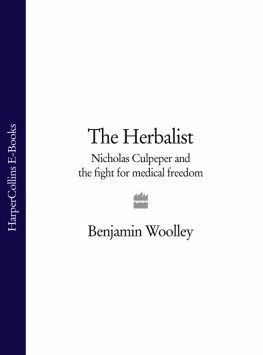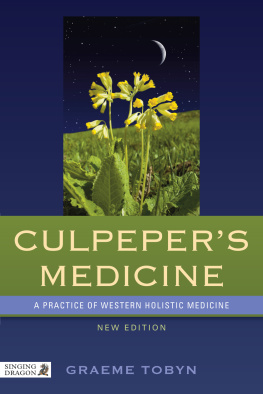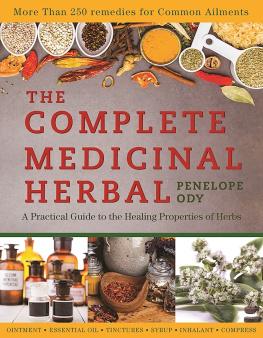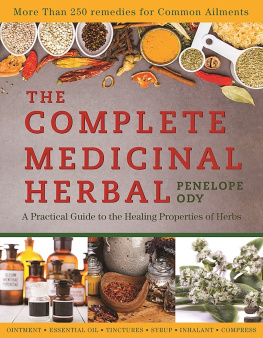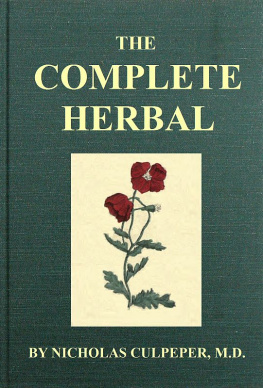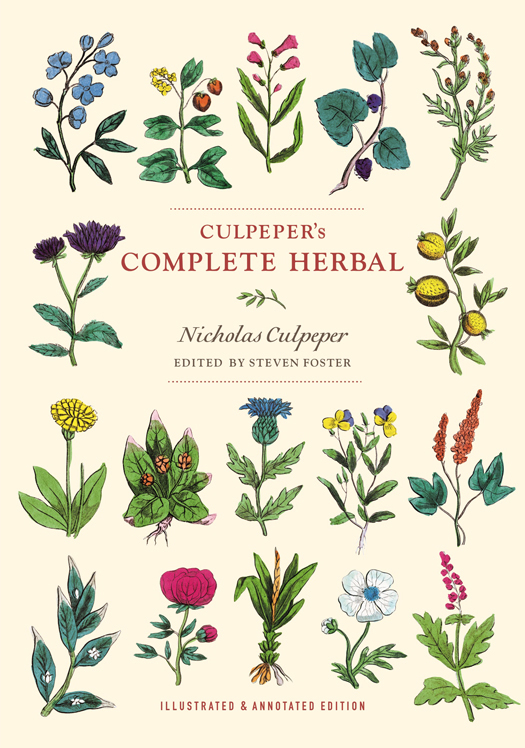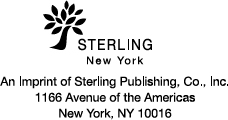STERLING and the distinctive Sterling logo are registered trademarks of Sterling Publishing Co., Inc.
2019 Sterling Publishing Co., Inc.
All rights reserved. No part of this publication may be reproduced, stored in a retrieval system, or transmitted in any form or by any means (including electronic, mechanical, photocopying, recording, or otherwise) without prior written permission from the publisher.
This publication is intended for informational purposes only, and is not intended to provide or replace conventional medical advice, treatment or diagnosis or be a substitute to consulting with physicians or other licensed health-care providers in any respect. The publisher does not claim that this publication shall provide or guarantee any benefits, healing, cures or results, and shall not be liable or responsible in any way for any use or application of any content in this publication or any adverse effects, consequence, loss, or damage of any type resulting or arising, directly or indirectly, from such use or application. Any trademarks are the property of their respective owners, are used for editorial purposes only, and the publisher makes no claim of ownership and shall acquire no right, title or interest therein by virtue of this publication.
For information about custom editions, special sales, and premium and corporate purchases, please contact Sterling Special Sales at 800-805-5489 or .
EDITORS NOTE
Contemplating Culpeper
In 1518, the Royal College of Physicians in London was chartered by the edict of Henry VIII. Nearly a century later, at the beginning of the Reign of James I in 1617, the English monarch extended control of the medical profession(s) to the Royal College by forming the Worshipful Society of Apothecaries, who were given the exclusive right to compound drugs. A year later, the Royal College jointly published the first Pharmacopoeia Londinensis [now th British Pharmacopoeia, the official compendium of drugs that apothecaries used to dispense drugs on behalf of physicians. Published in Latin, its content was only available to the academic elite.
Two years earlier, on October 18, 1616, Nicholas Culpeper was born. Eventually Culpeper entered Cambridge; he left without completing his studies, but became adept in Latin. Later apprenticed to an apothecary, he abandoned that indenture and instead joined the rebellious cause of Oliver Cromwell and his Parliamentarians against the Cavaliers of King Charles I.
The life of Nicholas Culpeper and his works reflect the social, political, and religious upheaval of mid-seventeenth century England. He sparked a revolution in access to medical information for the common person amid the revolt known as the English Civil War (164251). In 1649, King Charles I was tried and executed. His son Charles II was exiled, and the victorious Parliamentarians led by Oliver Cromwell established the Commonwealth of England. The major publications for which Nicholas Culpeper is best remembered were published during the social turbulence between 164953, concurrent with the end of the first English Civil War, and the 1653 ascension of Oliver Cromwell as Lord Protector of the Commonwealth of England, Scotland, and Ireland. Nicholas Culpeper received a chest wound in battle in service to Cromwells rebels, which probably contributed to his untimely death in his thirty-ninth year, on January 10, 1654, when he was consumed by pulmonary tuberculosis.
In 1649, Culpeper crossed a line that would change medical history. He translated the Latin Pharmacopoeia Londinensis into English, published as A Physical Directory or a Translation of the London Dispensatory. Proclaiming THE LIBERTY OF THE SUBJECT [in capital letters], Culpeper snarled, The Liberty of our Common-Wealth... is most infringed by three sorts of men, Priests, Physitians [Physicians], Lawyers. The monopoly on medical authority by credentialed physicians had been stripped bare by Nicholas Culpeper, gent, astrologer, herbalist, author, and translator. But his most famous work would come three years later.
In 1652, Culpeper authored The English Physitian or an Astrologo-physical Discourse of the Vulgar Herbs of this Nationfamously known as Culpepers Herbal. The following year, a second expanded edition appeared. For more than 366 years, various editions of Culpepers Herbal have been in print making it the best-selling herbal of all time.
Why is this archaic mix of astrology and domestic medicine the best-selling herbal of all time? Part of the answer lies in the price. Culpeper managed to condense the information on English herbs from the 1,755-page Theatrum Botanicum of John Parkinson down to a pocket-sized book of 324 pages and three pence, which was 150 times cheaper than Parkinsons massive herbal. As the title page of the 1652 edition proclaimed, the book intend to be A compleat method of Physick whereby a man may preserve his Body in health; or cure himself, being sick, for three pence charge, with such things only as grow in England, they being most fit for English bodies.
Besides the affordable price, in part made possible because it contained no costly illustrations, another factor that contributed to the books long success was the intended audiencethe literate gentlewoman. Culpeper brought herbal medicine to the common people in the form of an affordable book intended for those who gathered herbs, kept household medicinal information, and dispensed herbs when neededthe female head of household. By the end of the 1600s, over twenty editions of The English Physician had been published. The first medical book published in North America was the 1708 Boston edition of Culpepers work. Dozens of editions of his English Physician were published throughout the eighteenth, nineteenth, and twentieth centuries, and continue to be published into the twenty-first century.
The present volume is an annotated, edited edition with a lineage originating from the 1653 second edition at its foundation, then reprinted with additions and edits from an 1850 edition published by Thomas Kelly of London as The Complete Herbal... or English Physician Enlarged. That book included twenty colored plates with stylized botanical license, borrowed from other editions as early as 1814, some of which are reproduced here along with supplemental illustrations.
In this edition, we have added modern scientific names, since the 1653 English Physician



